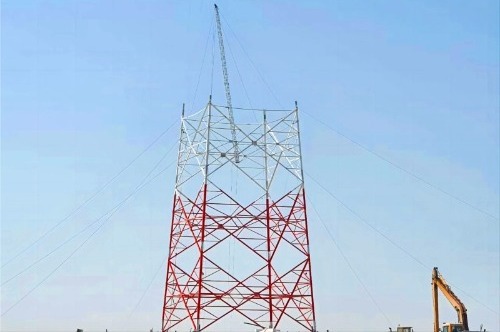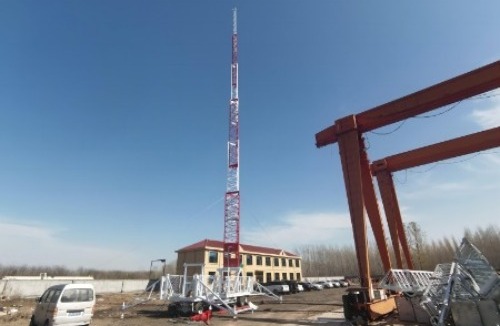The costs associated with building a Camouflaged Monopole Tower can vary depending on several factors, including the tower's height, design complexity, camouflage materials used, location, site preparation requirements, and additional features such as antennas and equipment. Here are some typical cost considerations for constructing a camouflaged monopole tower:
1. Design and Engineering Costs:
Structural Design: Costs for designing the tower structure and ensuring it meets structural integrity and safety standards.
Camouflage Design: Expenses related to designing and implementing the camouflage pattern to blend the tower with its surroundings.
2. Tower Construction Costs:
Materials: Costs for the monopole structure, camouflage materials, foundation materials, and any additional components such as antennas and equipment mounts.
Labor: Expenses for construction labor, including site preparation, tower assembly, installation of antennas and equipment, and camouflage application.
3. Site Preparation Costs:
Land Acquisition: If land needs to be acquired for tower placement, associated costs will be incurred.
Permitting and Regulatory Compliance: Fees for obtaining permits, conducting environmental assessments, and complying with local regulations.
4. Equipment Installation Costs:
Antennas and Equipment: Costs for purchasing and installing antennas, transmitters, receivers, and other telecommunication equipment on the tower.
5. Maintenance and Operational Costs:
Routine Maintenance: Budget for ongoing maintenance, inspections, and repairs to ensure the tower remains structurally sound and visually effective.
Utilities: Costs for connecting the tower to power sources and telecommunication networks.
6. Miscellaneous Costs:
Transportation: Expenses for transporting materials and equipment to the construction site.
Safety Measures: Costs for implementing safety measures during construction and maintenance activities.
Factors Influencing Costs:
Height of the Tower: Taller towers typically require more materials and labor, leading to higher construction costs.
Location: Construction costs can vary based on the accessibility of the site, local labor rates, and regulatory requirements.
Design Complexity: Elaborate camouflage designs or special architectural features may increase construction costs.
Quality of Materials: Higher-quality materials and finishes may contribute to increased costs but can enhance the tower's longevity and aesthetics.
Overall, the total cost of building a camouflaged monopole tower can range from tens of thousands to hundreds of thousands of dollars or more, depending on the specific requirements of the project. It is essential to conduct a thorough cost analysis and consider all relevant factors to budget effectively for the construction of a camouflaged monopole tower.




















